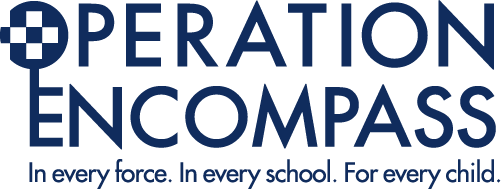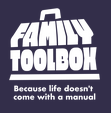Safeguarding Statement
Avalon School is committed to safeguarding and promoting the welfare of children and expects all staff and volunteers to share this commitment.
We have a number of policies and procedures in place that contribute to our safeguarding commitment, including our Child Protection & Safeguarding Policy which can be viewed in the policies section on our website.
Sometimes we may need to share information and work in partnership with other agencies, when there are concerns about a child's welfare. We will ensure that our concerns about our pupils are discussed with parents/carers first, unless we have reason to believe that such a move would be contrary to the child's welfare.
We actively support the Government's Prevent Agenda to counter radicalisation and extremism.
- Designated Safeguarding Lead: Mrs Callaway (Head teacher)
- Deputy Designated Safeguarding Lead: Mr Ashton (Deputy Head teacher)
- EYFS Designated Safeguarding Lead: Mrs Prandle (Nursery Manager)
- Governor with responsibility for safeguarding: Dr C. Kidd
Wirral Safeguarding Children Partnership can be contacted via:
Integrated Front Door: 0151 606 2008
Out of hours: 0151 677 6557
Email: ifd@wirral.gov.uk
Photographs and Videos
Whilst lots of parents and carers really enjoy seeing photos and videos of their children’s school life, we are very mindful of our duty of care towards all our pupils. We take the issue of safeguarding very seriously and this includes the use of photographic and video images.
Any photographs or videos taken by parents, carers and relatives at school productions, sports days or other events are for the enjoyment of individual families. They must not be used in any way that could potentially place a child at risk. This would include publishing images in any form of print or on the internet including social networking sites. This is emphasised before concerts and shows etc and where practical a record of parents and relatives taking photographs or videos is made.
We understand that in exceptional circumstances a parent or carer may not wish their child to be photographed or videoed in this way. If this is the case, then please contact the headteacher to discuss how this can be best achieved.
Occasionally, the local press will be invited to take photographs of school events and special achievements. We like to use photographs of our children on our website, in school documents, for parent information meetings, newsletters and on our display screens around the school. If you do not wish photographs of your child to be used for these purposes, then please contact the Head teacher.
In conjunction with Merseyside Police, Avalon School is involved in an initiative called Operation Encompass. The purpose of Operation Encompass is to safeguard and support children and young people who have been involved in, heard or witnessed a domestic abuse incident. Following such an incident, children can arrive at school distressed, upset, worried and unprepared.

Operation Encompass aims to ensure that appropriate school staff (called Key Adults) are made aware early enough to support children and young people in a way that means they feel safe and included. At Avalon School our Key Adult is Mrs J Callaway (Headteacher & DSL) This is a valuable initiative that means we can continue to support and help children and families within our school community when they need it the most. You can find our more by visiting www.operationencompass.org or by contacting our Key Adult.
Supporting Families Together: Wirral’s Family Toolbox
At Avalon School and Nursery,, we understand that parenting can be both rewarding and challenging. That’s why we’re proud to work in partnership with Wirral’s Family Toolbox – a free online resource designed to support families in finding the right help, at the right time.
Family Toolbox is a space where you can explore practical advice, local services, and useful tools to help your family thrive. Whether you're looking for tips on routines, managing behaviour, mental health support, or advice on housing and finances, Family Toolbox connects you to trusted information and services – all in one place.
By accessing Family Toolbox early, families can often find solutions before challenges become more complex. This enables early help, which we at Avalon, strongly support, working alongside you to build a team around your child when needed.
To explore what’s available and find support that works for you, visit:
👉 www.familytoolbox.co.uk
Together, we can help make sure every child has the best possible start.

